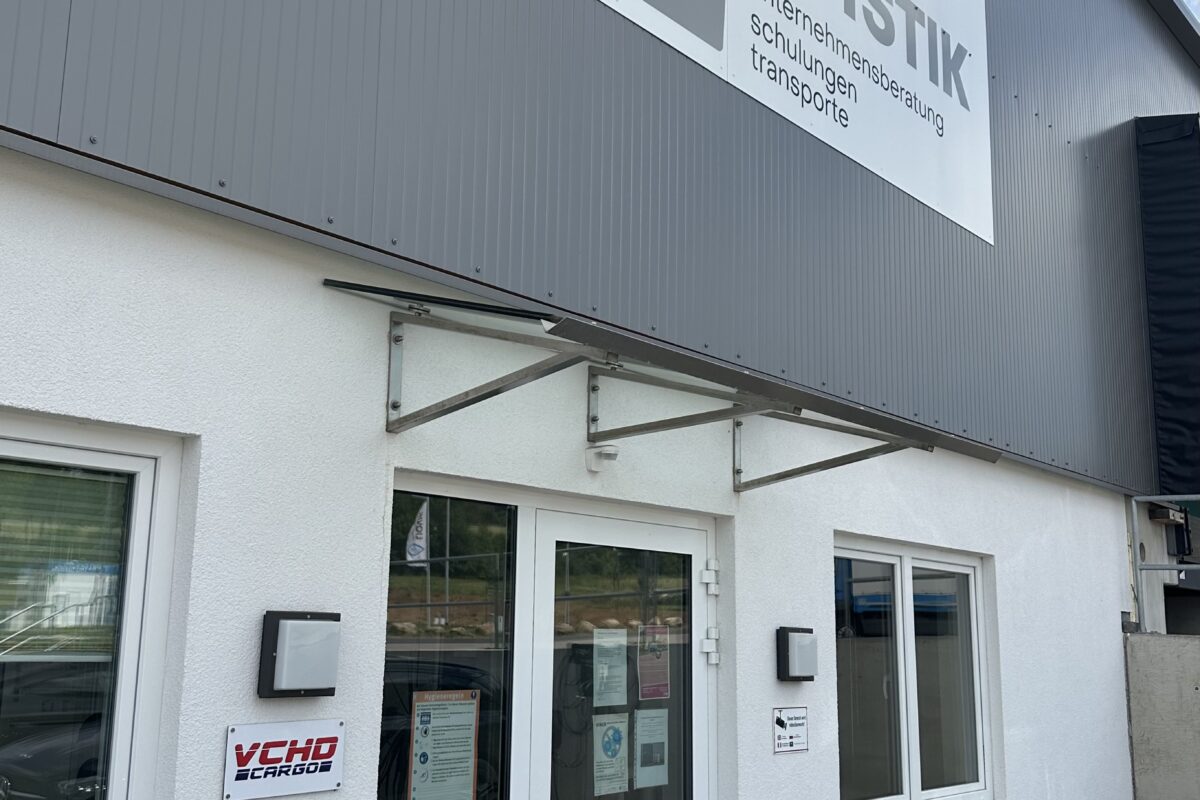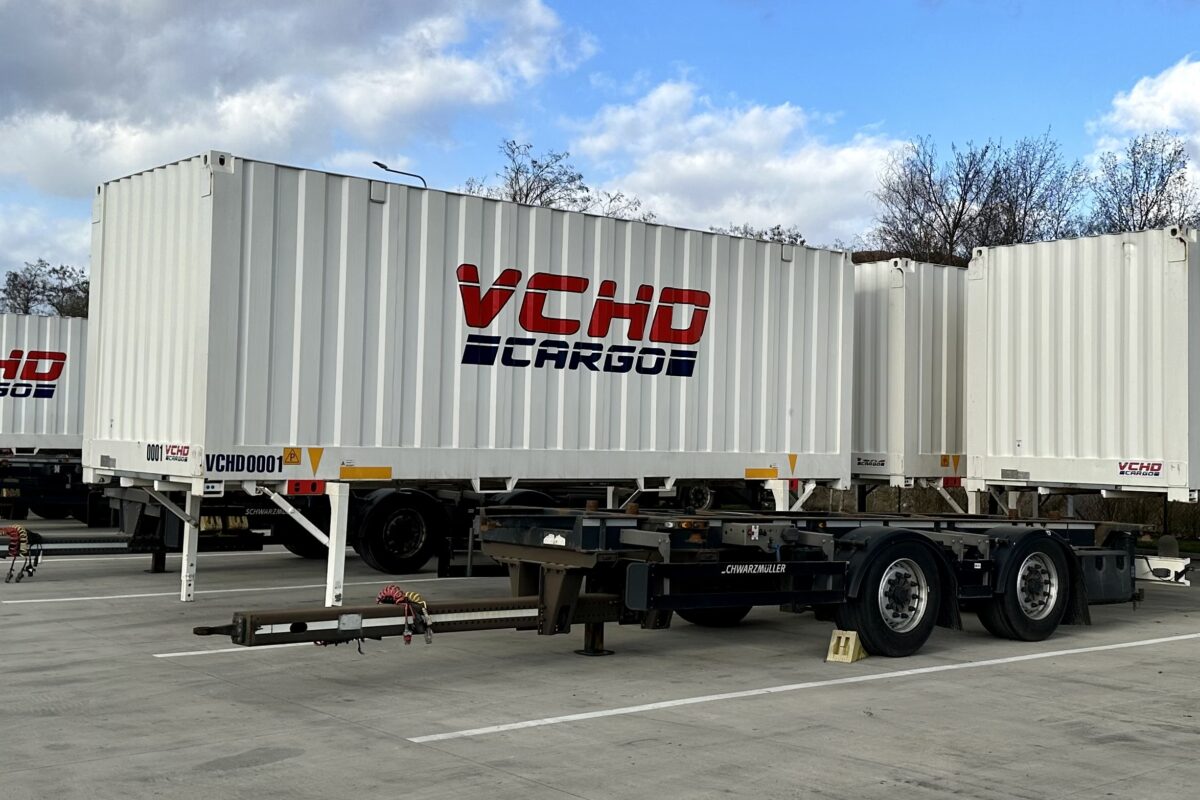Half of the year is almost over and you may be preparing for the tender for a new transport supplier. Here are fifteen points to consider when looking for and evaluating a new shipping provider:
1) If you’re new to the industry, meet with a market expert and get informed.
2) Evaluate your existing shipments – is there a repetitive rhythm, a system?
3) Set goals – do you primarily want to optimize costs or achieve higher quality? Of course, everyone wants quality at a reasonable price. But if there is no reasonable view of price, you can’t expect quality.
4) Are you asking for new transportation? Define what your expectations are – not only the loading and unloading location is important, but also the frequency of shipments (how many times per week, per month) and the desired speed of delivery. System transport and flexibility in delivery times can optimize costs.
5) Verify that the company you are considering has a documented history (by company VATIN) that it was not founded yesterday. Also try to verify the owner.
6) If the company does not publish its closing date and has no entries in the register, it could be high risk. If it has negative equity, it is advisable to think about larger contracts. If the company is in debt, it may have credit problems if interest rates rise. You don’t want a ” seized” sign hanging on the trucks with your goods.
7) Ask for proof of insurance to be sent and verify its validity.
8) Unless you’re an expert in international law, avoid foreign entities – you’ll avoid unnecessary problems if your shipment is lost, damaged, and there’s a disagreement over who’s at fault. Smaller foreign entities are harder to verify and in case of litigation, communication with the authorities is more difficult and lengthy.
9) Check the references of the carriers – who they regularly work for and where they travel.
10) Enter as much information as possible to the carrier for the calculation, every detail is important – information about loading and unloading points (ramps, opening hours, etc.), information about the goods (dangerous goods, temperature sensitive goods), information about packaging (europallets, stackable), etc.
11) Look at the carrier’s fleet – does it have enough experience and a large truck fleet? Great, it’s a good assumption that they can handle unexpected situations like a vehicle breakdown with your cargo.
12) Study the terms and conditions – a fair setup is a win-win – the shipper has a secure job and you have the assurance that the goods will always be delivered as agreed (not just the first month of cooperation).
13) Fuel surcharges and other clauses – insist on a contractual setup that is transparent.
14) Agree on quality measurement of delivery set parameters.
15) Image is image – the quality of vehicles, experience and professional behaviour of drivers are also important – they will be your first calling card with customers.
Extra Tip: If all the hard data fits, go with your gut on who you’re comfortable working with. It may not seem like it, but the human element plays an important role in a process as challenging as transportation.




